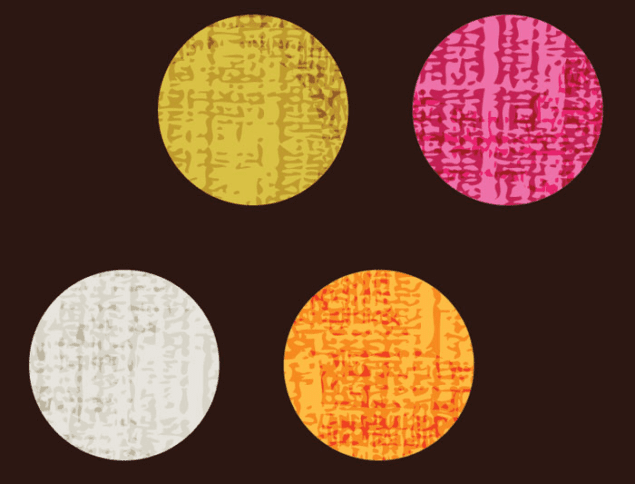First ‘open flavour’ tetraquark is spotted by LHCb at CERN
12 Aug 2020 Hamish Johnston
The first tetraquark composed of four quarks of different flavours has been discovered by physicists working on the LHCb experiment at CERN. Dubbed X(2900), the “open flavour” tetraquark has a mass of about 2.9 GeV/c2 and has been spotted in two spin states. The tetraquark was made by smashing protons together at the Large Hardron Collider (LHC) to produce B mesons – and then searching the B meson decay products for signs of new particles.
While LHCb physicists are not completely certain about the nature of the particle – hence the “X” in the name – they believe it contains four quarks: anticharm, antistrange, up and down. Because the tetraquark does not contain a quark–antiquark pair of the same flavour, no quark flavours are hidden and therefore the tetraquark is described as open flavour.
Hadrons are made of two or more bound quarks or antiquarks. Mesons comprise a quark and antiquark, whereas baryons such as protons and neutrons comprise three quarks. However, nature does not stop at three quarks and several tetraquarks (two quarks and two antiquarks) and pentaquarks (four quarks and an antiquark) have been discovered.
No predictions
Before the discovery of X(2900), all known tetraquarks contained at least one charm–anticharm or beauty–antibeauty quark pair. According to LHCb physicist Tim Gershon of the University of Warwick, an open-charm/open-strange tetraquark such as X(2900) had been considered possible. However, no-one had made predictions of this particular hadron, so the discovery took the LHCb team by surprise.
Because it only contains one heavy quark (the anticharm), X(2900) has a relatively low mass compared to other tetraquarks. This, says, Gershon makes it easier to produce at the LHC than its heavier cousins. However, he points out that tetraquarks containing charm/anticharm pairs are relatively easy to observe because they decay to a final state that contains the J/psi meson – which itself has a very clean experimental signature.
“Open flavour tetraquarks will tend to have less clean experimental signatures, and it is only due to the unique design, and incredible performance, of the LHCb detector that we are able to make this latest discovery,” explains Gershon.
Mesonic molecules?
Gershon is hopeful that X(2900) could shed light on an important mystery of tetraquarks – how the four quarks arrange themselves internally. This is defined by strong-force interactions between quarks, which are extremely difficult to calculate. One possibility is that all the quarks and antiquarks are tightly bound together. Another is that they are arranged as two quark–antiquark pairs loosely bound in a structure that resembles a molecule made from two mesons.READ MORE

Gershon points out that the mass of X(2900) is similar to the sum of the masses of an excited D meson and an excited kaon – which together have the same quark content as X(2900). This could point towards the molecular model, but Gershon says it is too early to draw any conclusions.
Just last month, physicists working on the LHCb experiment discovered the first tetraquark that comprises all charm and anticharm quarks. As for more tetraquark discoveries, Gershon says, “There are many possible avenues of exploration, and I am certain that there is more to be found in LHCb’s treasure trove of data! The problem is that it is hard to know which directions are more likely to yield discoveries, so I cannot say how long we will need to wait.”
Listen to Tim Gershon and his LHCb colleague Greig Cowan talk about tetraquarks and pentaquarks on the Physics World Weekly podcast. The pair have also written the free-to-read ebook Tetraquarks and Pentaquarks.
from physicsworld.com 9/10/2020

Δεν υπάρχουν σχόλια:
Δημοσίευση σχολίου